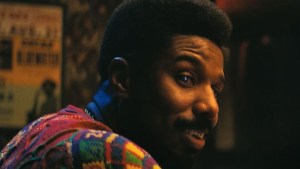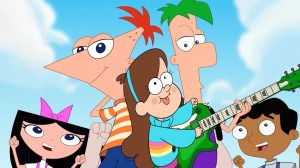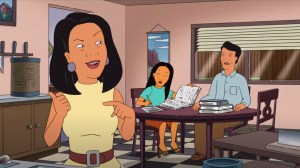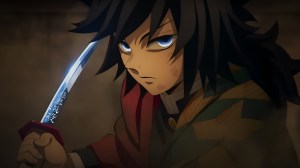After nine riotous weeks of episodes, She-Hulk: Attorney at Law wrapped up its first season earlier this fall. The live-action Disney+ series followed the journey of Jennifer Walters / She-Hulk (Tatiana Maslany), a high-profile lawyer whose life is turned upside down when she gets gamma-related superpowers. The first season of She-Hulk was jam-packed with delightful and unexpected moments — as well as some new VFX techniques, which were used to bring Jen’s She-Hulk form and a wide array of other elements to life.
Videos by ComicBook.com
One of the more subtle examples of this was carried out by the team at FuseFX, which worked on multiple CGI components of the show, including “set extensions” that added real-world elements to the windows of Jen’s apartment and the GLK&H law office. The team also contributed significantly to the The Incredible Hulk homage in the show’s season finale, as well as other crucial components of the show. In celebration of She-Hulk recently wrapping its first season, ComicBook.com spoke with supervisor Josh Galbincea all about the technical and aesthetic components of FuseFX’s work on the show.
Marvel
ComicBook.com: What made She-Hulk a project that you and your team wanted to be a part of?
Joshua Galbincea: FuseFX has a history with Marvel. We’ve done other shows for them before, Agents of Shield and Loki. So, we already had a working relationship with Marvel. A lot of She-Hulk was shot in Atlanta, so it was natural we got involved at our Atlanta studio. When I learned about that, I made it known, “Marvel, that’s me. I want it,” and the rest is history.
We were thrilled to work alongside overall supervisors Dadi Einarsson and Shannon Justison in bringing our sequences to life. And I was fortunate enough to lead a team of extraordinarily talented artists at FuseFX, and I could not have done this without my comp supervisors, Heather McAulif and Alex Miller.
Relatability
Since you’ve worked on other Marvel projects and DC projects — are you a comic book fan? And if so, what is it like to work on these projects?
Yeah. I’m a fanboy of everything Marvel and a lot of DC. I grew up reading comics. My dad collected comics and action figures and stuff like that. I’ve always been involved in or around that comic book culture, epic stories, and whatnot. For me, it’s a dream come true. It’s so much fun to bring the larger-than-life characters to the screen. I don’t know why it hits more than it ever has with people, but we appreciate heroes who aren’t perfect. There’s an entertaining aspect of it. It’s cool to see people with powers and things we don’t have, but I think the real power is watching these flawed characters overcome crazy circumstances. That’s what makes you connect with those kinds of people.
Growing up, I was a fan of Spider-Man, and I still am. He’s relatable. And She-Hulk resonates the same way. There’s a sense of confidence in who you are and embracing everything that you are. That’s what makes all these Marvel characters special.
Invisible Effects
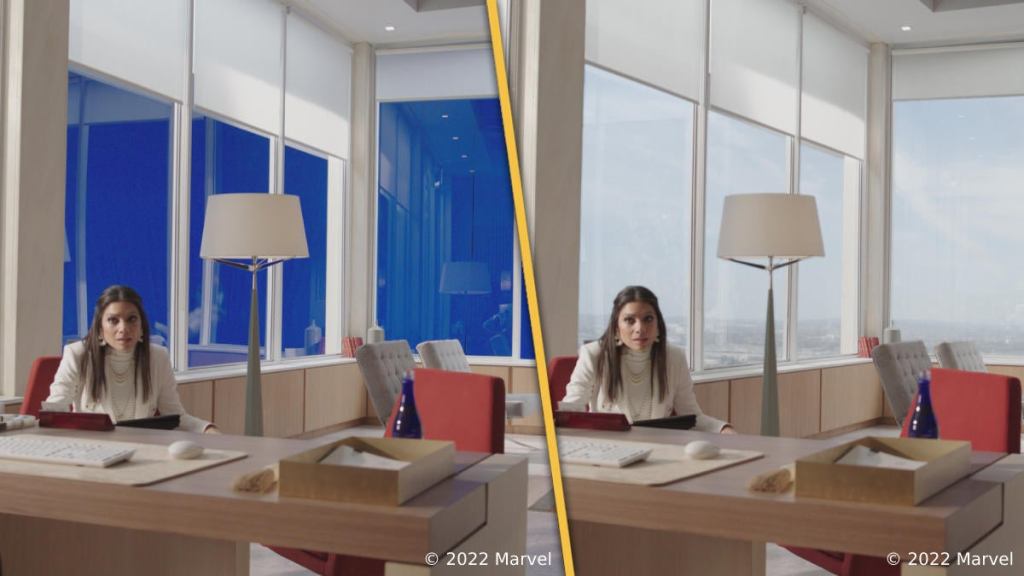
Can you describe exactly how VFX set extensions work, especially in instances like She-Hulk where they’re more subtle?
The set extension work in She-Hulk are some of the invisible effects that make up a large chunk of our work on the show. The two biggest things for us were the law offices and Jen’s apartment — anytime you’re inside the law office or Jen’s apartment, which is a considerable chunk of the show, it is all blue screen. We composited provided pano photography to bring those scenes to life.
The law offices were tricky because when you’re shooting in a location like that, it becomes challenging to ensure the right angles of light and composition. I think for Marvel, one of the biggest things about shooting blue screen versus reality is that you can art direct on-set, and after the fact, from the distance from the ground to the lighting direction, it also doesn’t hurt that it’s really friendly for a production schedule. Stage work utilizing blue screen provides the creative freedom to shoot extended scenes with consistent lighting, all while maximizing time and budget within the physical production schedule on a given shoot day.
LA Skyline
I did want to ask about the law offices, because I’ve watched every episode multiple times and I would find myself looking at the LA skyline, and trying to triangulate where the office is. What was it like trying to recreate that, and being able to bend reality a little bit, but still have it be something that was recognizable?
Before coming to Atlanta, I was LA-based for 13 years. It’s funny because, being in the industry, I’ll see movies or TV shows and be like, “That’s right around the corner from my apartment!” Marvel provided us with high-res HDR maps of downtown Los Angeles photographed at different times of the day. In 3D, our layout team placed each pano of our skyline to ensure continuity from scene to scene. Marvel gave us a Northeast, Southwest approach of “Okay, the conference room is facing this way, Jen’s office is facing this way. Pug’s office is facing this way. Nikki’s office…” Fuse FX was also provided 3D set scans of the entire law office, which were really helpful for camera tracking.
We designed tools for our artists to improve efficiency. This allowed our artists to easily bring up the background and camera angles for any of the offices. And then, after the fact, they could have sliders and adjustments that would slightly rotate or move the background as needed so they could do a lineup or match. We did that for every angle and shot that we had in the office.
It was quite the undertaking. We had over 300 interior shots so we had to be flexible and quick to get through all the work. Planning, in the beginning, allowed us to push forward. The artists worked really hard to address notes and work their way through all of the shots.
HDR
I also was really fascinated to learn that She-Hulk is the first Marvel project in HDR. How did the specifics of that impact the work in that you and your team ended up doing?
It’s a lot more complicated than just 4K. Personally speaking, HDR is the future of better content. 4K, 8K, 16K — at some point, you get diminishing returns. The cool thing about High dynamic range is that your eye can perceive way more stops of latitude than current TV and technology can show. With HDR, you get deeper blacks, brighter brights, and richer colors, which is a way better storytelling tool than resolution.
The VFX vendors had to overcome challenges because this was the first time any studio had dealt with Marvel mastering in HDR. It used to be the outside of a window would be clipped white, and there would be no detail back in that area. It would just be pure white. That’s not the case with HDR, though. So, a lot of shots inside Jen’s apartment — let’s say the morning time — there’s a little breakfast nook area that she sits at, and you’d have shots where you would have a blown-out window outside. But if you were to bring down the exposure, all of that detail would be back there, including color.
This was hard because coming out of the pandemic flipped the industry on its head. And many people work from home — reviewing HDR as an artist working from home raised challenges.
We had to build tools to ensure artists could check their work, ensure that their values and colors looked correct at the brightest brights and the deepest blacks. Content is going towards HDR. All screens, from the smallest ones in your hand, or the biggest ones you can fit in your house, are becoming HDR-compatible. It’s exciting, and I’m thrilled that we got to work with Marvel to pave the way for this new type of content.
Homage
I really loved the Incredible Hulk homage in the finale, and I loved hearing that FuseFX helped contribute to it. What was it like to go into that footage and recreate it, and alter it into what we ended up seeing?
That was super fun. I didn’t grow up with the original show, but I remember watching reruns in my grandparents’ basement on their little tube TV back in the day. So, I was very familiar with the original ’70s Incredible Hulk, Bill Bixby, and Lou Ferrigno. It was super fun working on that. I’m a part of previous history and modern history, both at the same time.
I’m so glad that Marvel did that. It’s just a really genius on multiple levels. It’s an incredible love letter and a super stylized opening. In addition, it adds to the meta element, which comes to a crescendo in that final episode. It’s super rad!
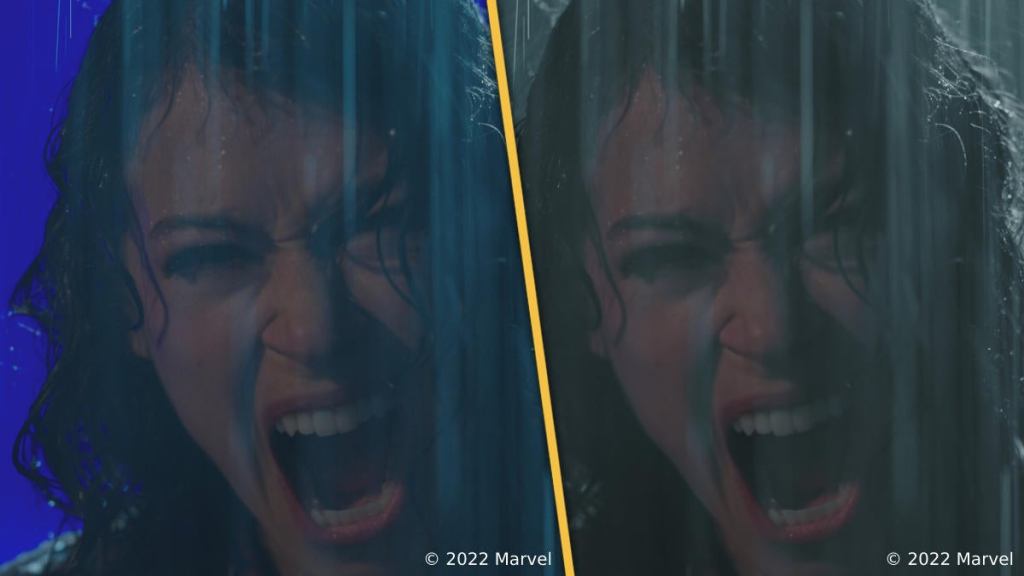
[Marvel] provided film scans in a digital working file, and there was a lot of work to do because we preserved as much of the original film scan as possible. For example, there’s a shot where Jen Walters — or, I should say, Bill Bixby’s Bruce Banner — is in the chair, and the chair is turning while he is looking at that old screen. We painted out Bill Bixby and retained as much of the original plate as possible. We then composited a bluescreen element of the Jen Walters’ shot with similar lensing to the original footage. Next, we had to color grade, put her in, and do some degradation to help it match that old ’70s film stock look. And then, because his hands covered the control panel, we recreated that entire control panel in CG to match her hand placement. Then we had to do a bit of warping, and a little bit of projection in 3D, to make it all fit and look photo-real.
It was a lot of work. It’s so cool because when you see it, it’s one-to-one with the original show opening. There’s a shot where Lou Ferrigno was flipping the car, and we painted him out and then put the bodybuilder standing in for She-Hulk. Even the voiceover sounded dated, the old school, raspy voiceover. It was just so cool to be a part of that and to see it come together. We loved it, and I know Marvel loved it. It was just awesome!
Surprises
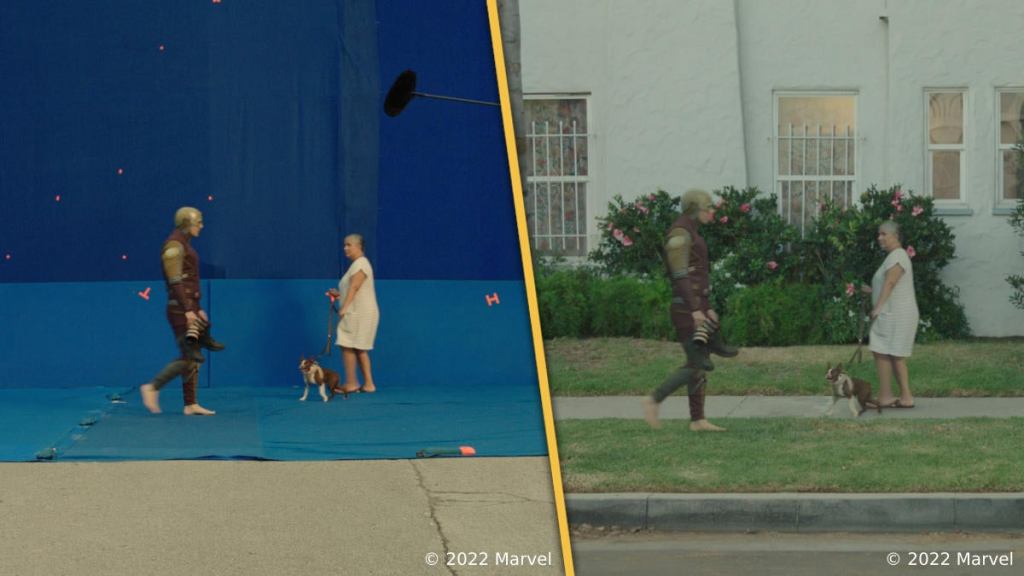
What would you say surprised you the most about the experience of working on She-Hulk?
It pushed our team to the limits in a good way. I was surprised by joy. It was more rewarding than I thought it would be, especially with the magnitude of work that we had. I was utterly humbled by my team, the comp supervisors, the artists, and everyone coming together. The long days, the problem-solving. I’ve supervised shows before, but the standard for this series was definitely at the highest level. So, it was hard because we were going in and looking at every single pixel and making sure it was perfect. There’s a lot of argument: “Do you really need to do that? Is this good for the story?” Well, yeah. They’re not the best of the best if you’re not making it the best. So, you got to make it the best you can.
It was no easy feat, but I was just absolutely floored by the support that I had from my company, that I had from my team. How we all banded together, rolled up our sleeves, put our work boots on, and just got our hands in and got dirty and got it done. Some shots were easier than others, while others went back and forth. It was an incredible experience to be a part of a large-scale show like that.
Reaction
As a Marvel fan, what was your favorite fan reaction to the series overall?
The series received a lot of love. But many people, including myself, like how Marvel does this cool thing of taking past characters and giving them more depth. Like Abomination, that character has evolved since the previous Hulk film, but in this, he’s more comical but acknowledges his character’s past. They embrace it in a tongue-in-cheek way. I love to see these variations and modern versions of characters from previously different movies. I enjoyed seeing previous characters from Marvel’s universe show up.
The first episode was really awesome. I’m a massive fan of The Hulk, and it’s always good to have Mark Ruffalo in that role. I personally want more of him — [crosses fingers] Planet Hulk, hopefully. It would be good to get back a little bit of the raging Hulk. That first episode had such good pacing and a good amount of fourth wall-breaking to ease you into the show. Watching Jen and Bruce’s dynamic together was entertaining. It had the right kind of funny. It had the right directing and writing, and I thought it was perfectly balanced and well done.
Advice
What advice do you have for someone who wants to go into this field and do what you do?
Oh man, this is tough. Okay. I’m going to make a few points here. First, you can always become a better artist. If it doesn’t come naturally to you, you can work hard, and you will get better. So, if you can’t draw, you don’t know 3D modeling software, or you feel like you don’t have any good ideas, don’t let it hold you back. Just keep pressing at it, and you will become better. Both natural gifting and hard work still must be put in work to develop and grow, so start.
The second thing is — you don’t need to go to college. Some people want to, and it helps them have the structure and the form to do so, but it might not be right for everyone. It doesn’t guarantee you a job. I’ve been in the industry for 15 years. I don’t look at artists ‘GPAs or degrees. I look at their artistic ability, critical thinking skills, and drive to succeed. My college experience and degree helped me travel internationally for work, and I met my wife at college. So, I wouldn’t trade either of those things for anything else. In the grand scheme, your GPA, degree, and where you went come after your ability to make great art. I’d recommend really calculating if it’s right for you before taking out huge loans.
And then the third thing is to fail as much as you can and not be afraid to do it often. If you want to get in visual effects, don’t be afraid to start making bad videos, whether you’re uploading them to YouTube or showing them to the family. Show them to somebody — preferably somewhere where you can get non-biased feedback. But yeah, I would say don’t let fear hold you back. Start and fail as much as possible because it doesn’t matter what career you’re in, you’re still going to fail. You’re going to learn new things and become better, so don’t be afraid of that.
***
Season 1 of She-Hulk: Attorney at Law is now streaming on Disney+. If you haven’t signed up for Disney+ yet, you can try it out here.
Note: If you purchase one of the awesome, independently chosen products featured here, we may earn a small commission from the retailer. Thank you for your support.



